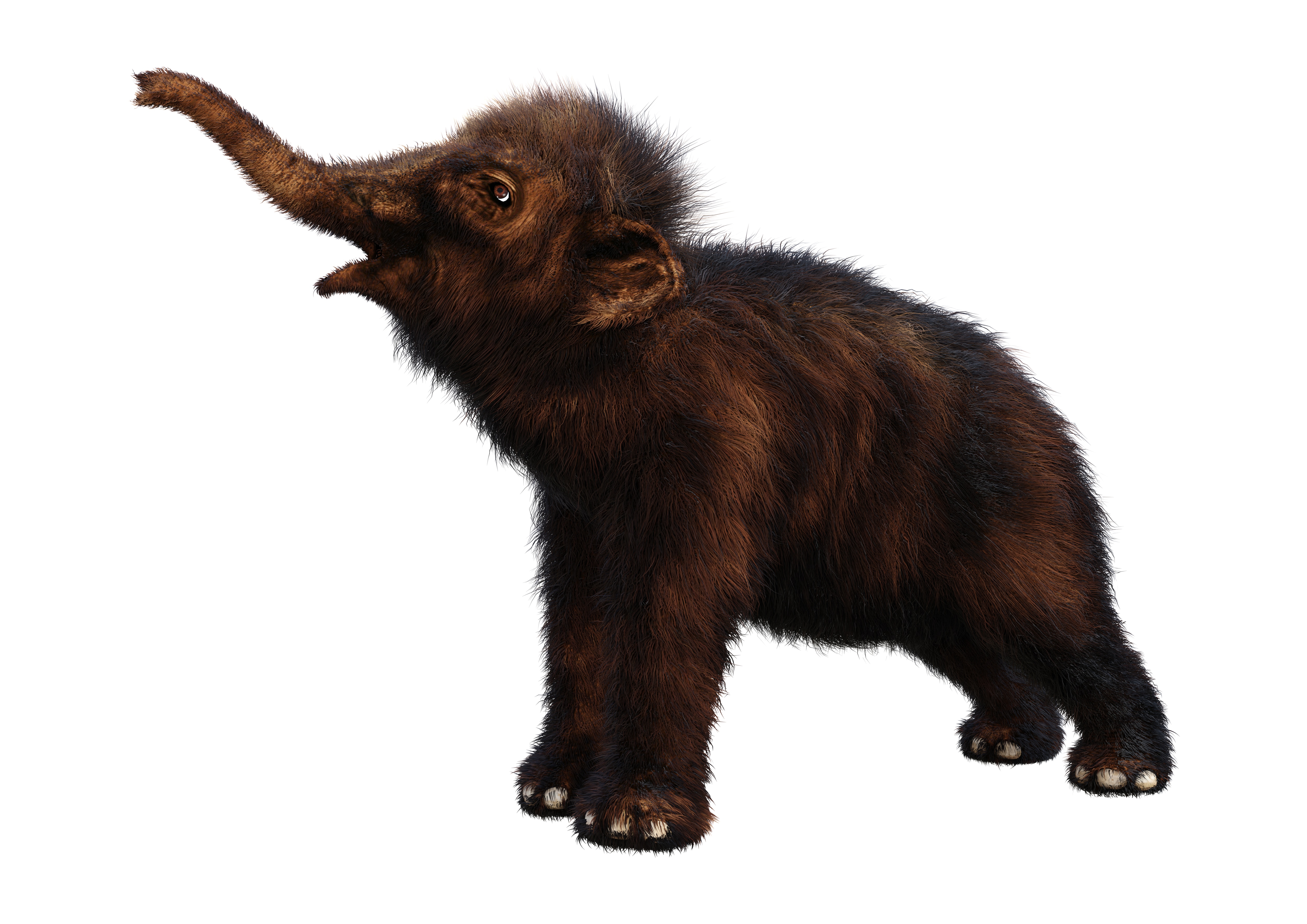Create a free profile to get unlimited access to exclusive videos, sweepstakes, and more!
30,000-year-old mummified baby mammoth found in Canada’s Yukon permafrost
Don't you want to give it a cuddle?

The world has changed dramatically in the time since early humans took their first steps out of the trees. The planet has undergone significant climatic shifts taking our species from the heat of the African savannah to the frigid cold of the ice age. In turn, our species has also reshaped the world and the other species we share it with. Some species, like the woolly mammoth, didn’t survive to the modern day through a combination of environmental changes and human-caused pressures. There’s a certain awe and terror in the idea that our ancestors had to survive in a frozen world with frigid temperatures and ice-age megafauna. That awe has inspired countless stories on page and screen imagining what it might be like if we were thrust into an Age of Ice again.
Luckily, that hasn’t happened and isn’t likely to, but we can revisit our frozen past with a little luck and the science of paleontology. Those two forces came together on June 21, 2022, when miners working on Eureka Creek in the Klondike gold fields within Trʼondëk Hwëchʼin Traditional Territory made an astonishing discovery.
There, covered over by permafrost, they found the near-perfect mummified remains of a baby woolly mammoth. In 1948, a partial preserved woolly mammoth specimen called Effie was found at a gold mine on Fairbanks Creek in Alaska. That specimen, which is now a part of the collection at the American Museum of Natural History, has long been touted as the best-preserved mammoth ever found in North America. That is no longer the case.
The new specimen is nearly complete and incredibly preserved. Not only is the body almost entirely intact, but the remains have also retained skin and fur. To look at it is almost to see what it might have looked like tens of thousands of years ago when it roamed the world.
While it hasn’t been widely studied yet, a cursory examination of the remains after its discovery suggest it was a young female who died about 30,000 years ago and has since been frozen in the permafrost. Trʼondëk Hwëchʼin elders named the animal Nun cho ga, meaning “big baby animal” in the Hän language.
“The Yukon has always been an internationally renowned leader for ice age and Beringia research. We are thrilled about this significant discovery of a mummified woolly mammoth calf: Nun cho ga. Without strong partnerships between placer miners, Trʼondëk Hwëchʼin, and the Yukon government, discoveries like this could not happen,” said Ranj Pillai, Minister of Tourism and Culture, in a press release.
What’s next for Nun cho ga isn’t yet clear, but the Trʼondëk Hwëchʼin government and Yukon government are working closely together to preserve the animal, study it, and share what they learn in as collaboratively and respectfully a manner as is possible.
In the coming months and years Nun cho ga could provide a clearer look into the lives of woolly mammoths and the wider environment they inhabited. In the meantime, the Yukon Beringia Interpretive Centre will be holding a technical briefing via Facebook Live on July 13 at 12 p.m. ET where panelists will present a slideshow of images and discuss the discovery.



























